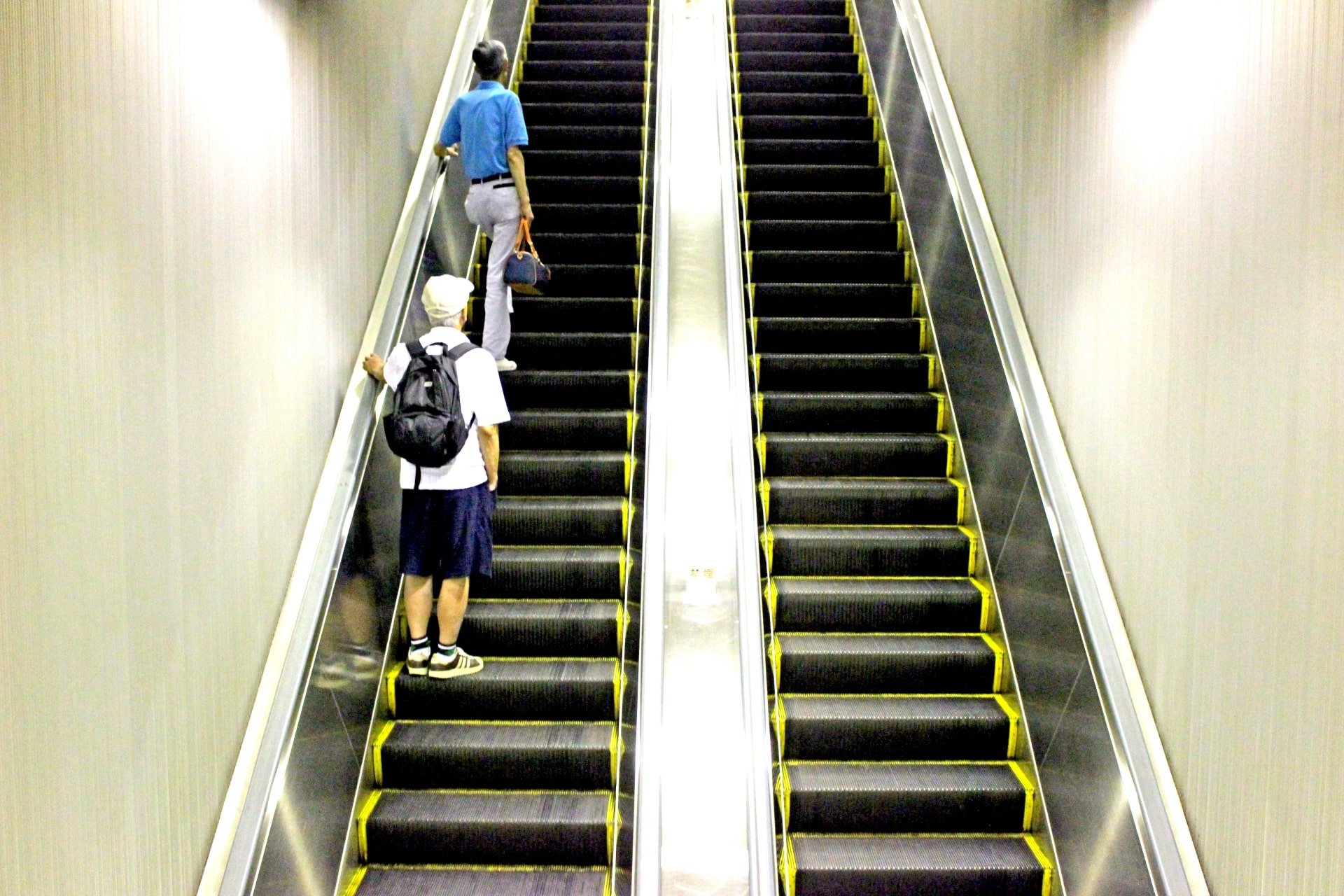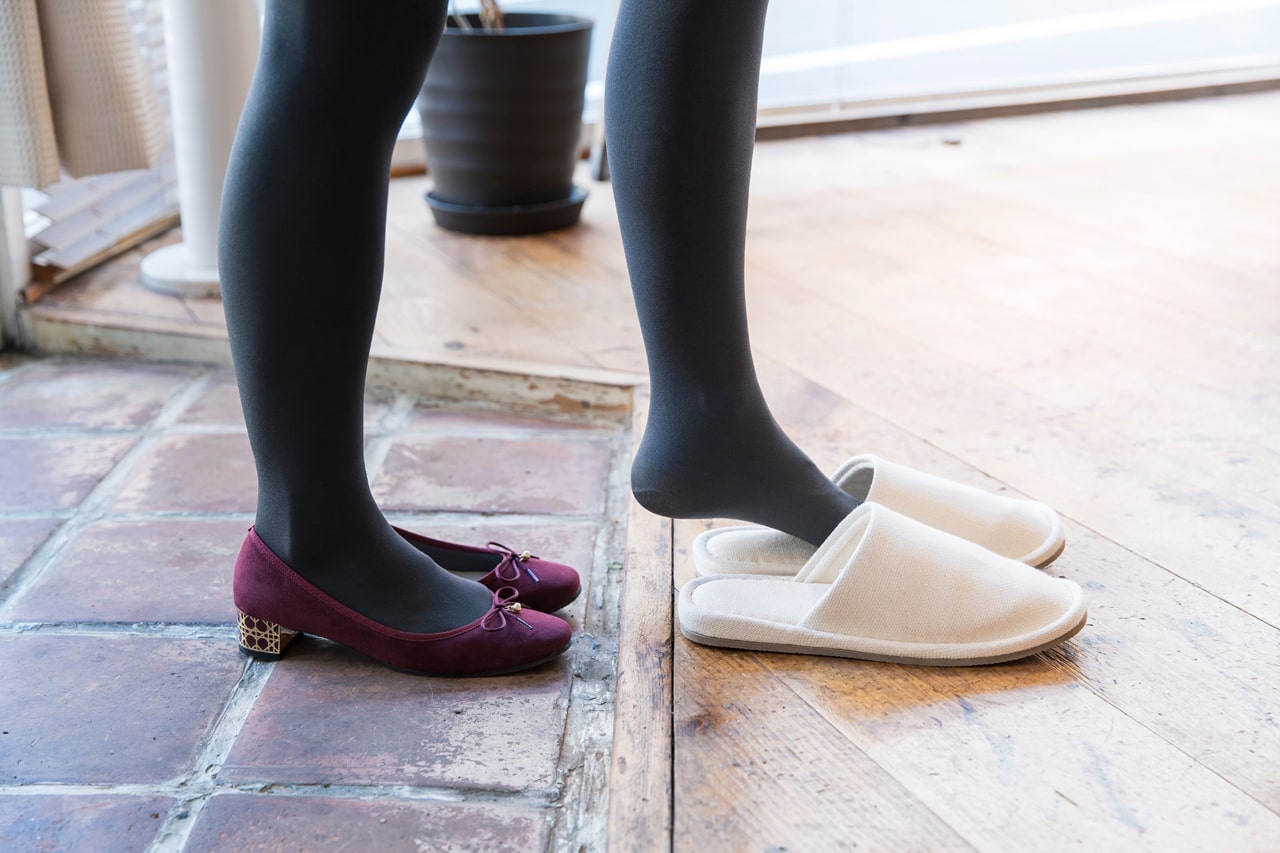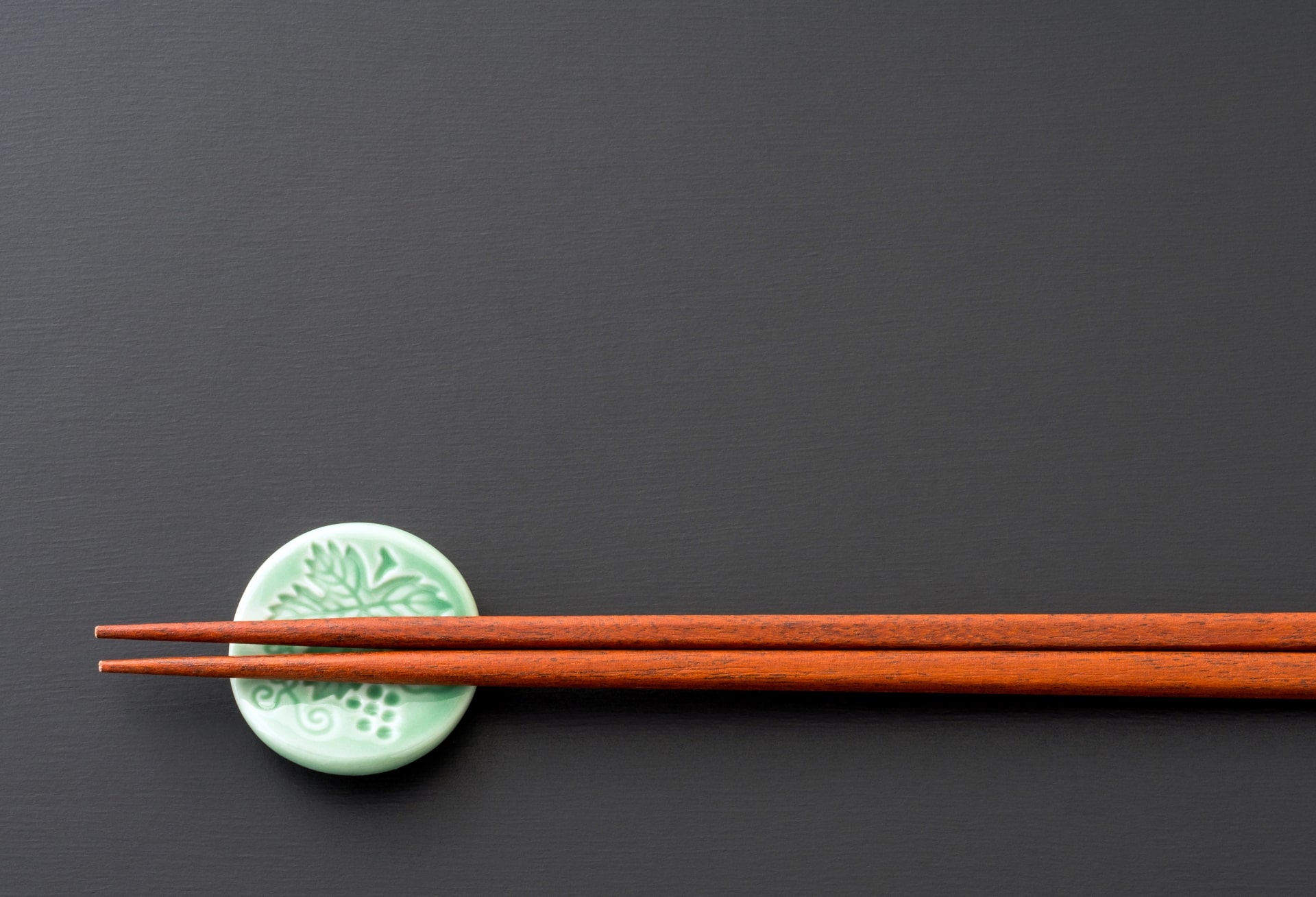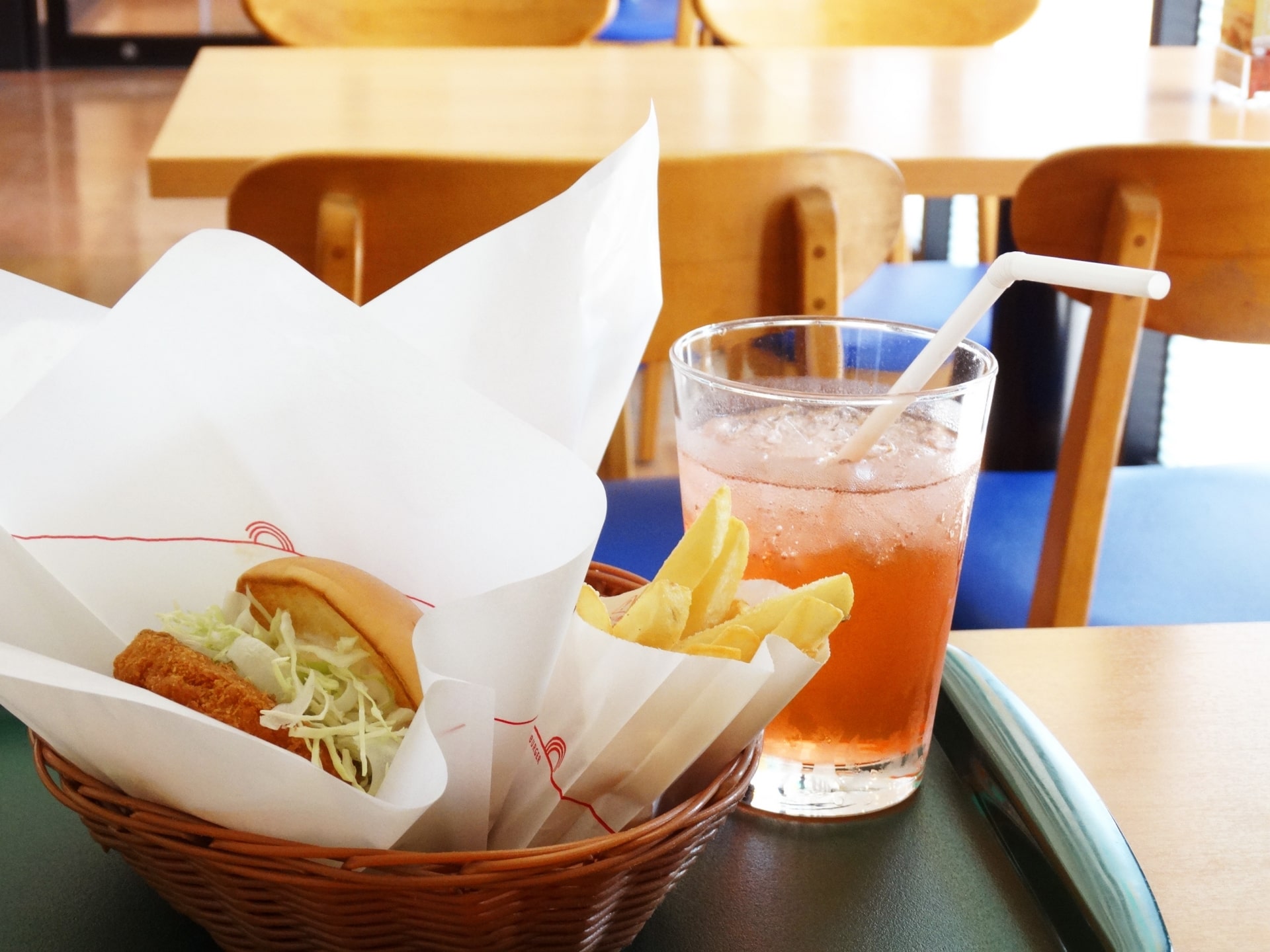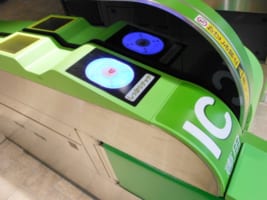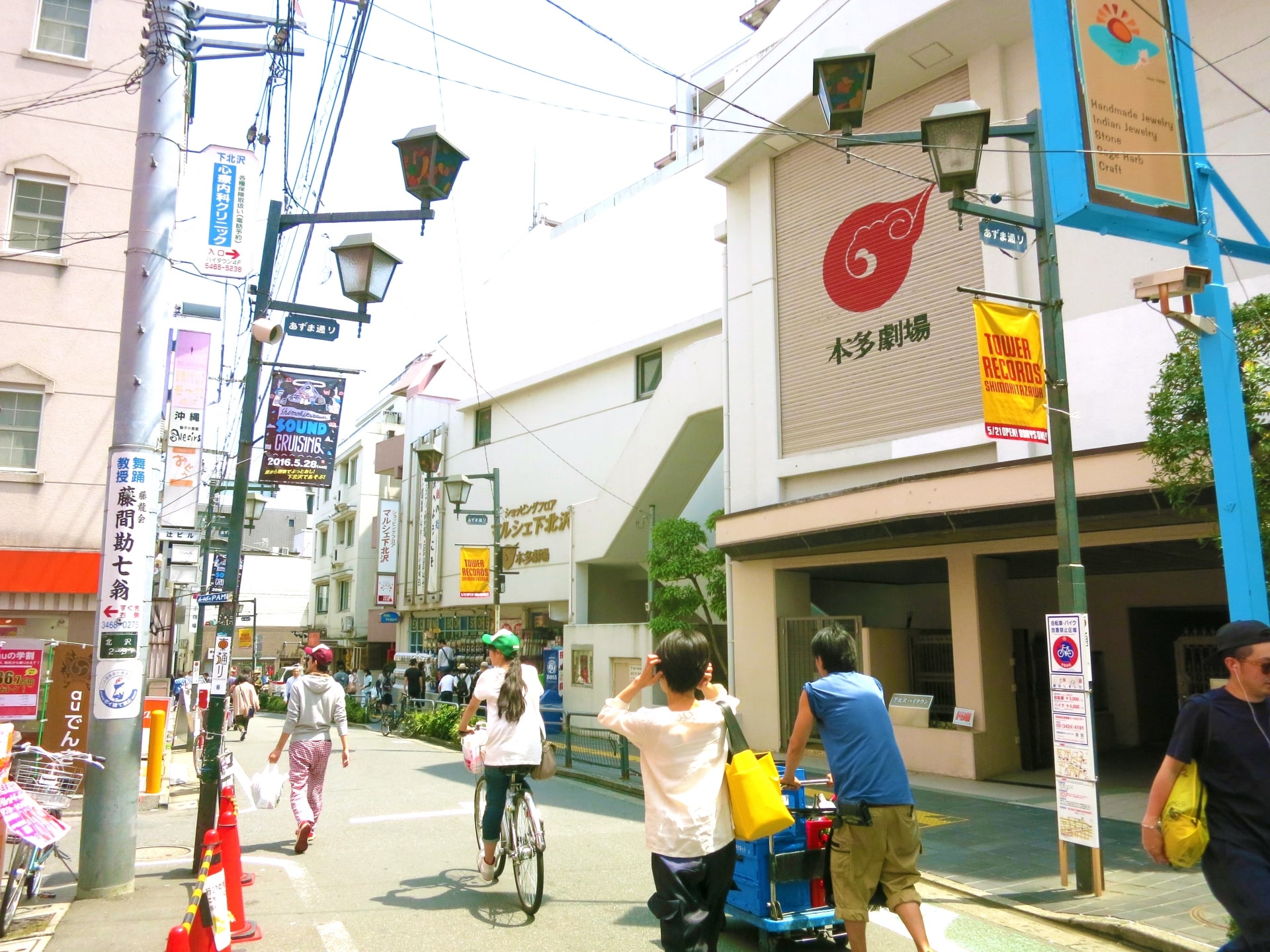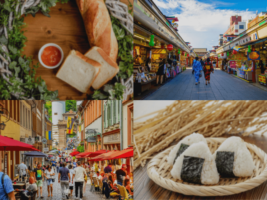Useful Daily Etiquette and Other Tips for Living in Japan
10 Things you may want to know before living in Japan
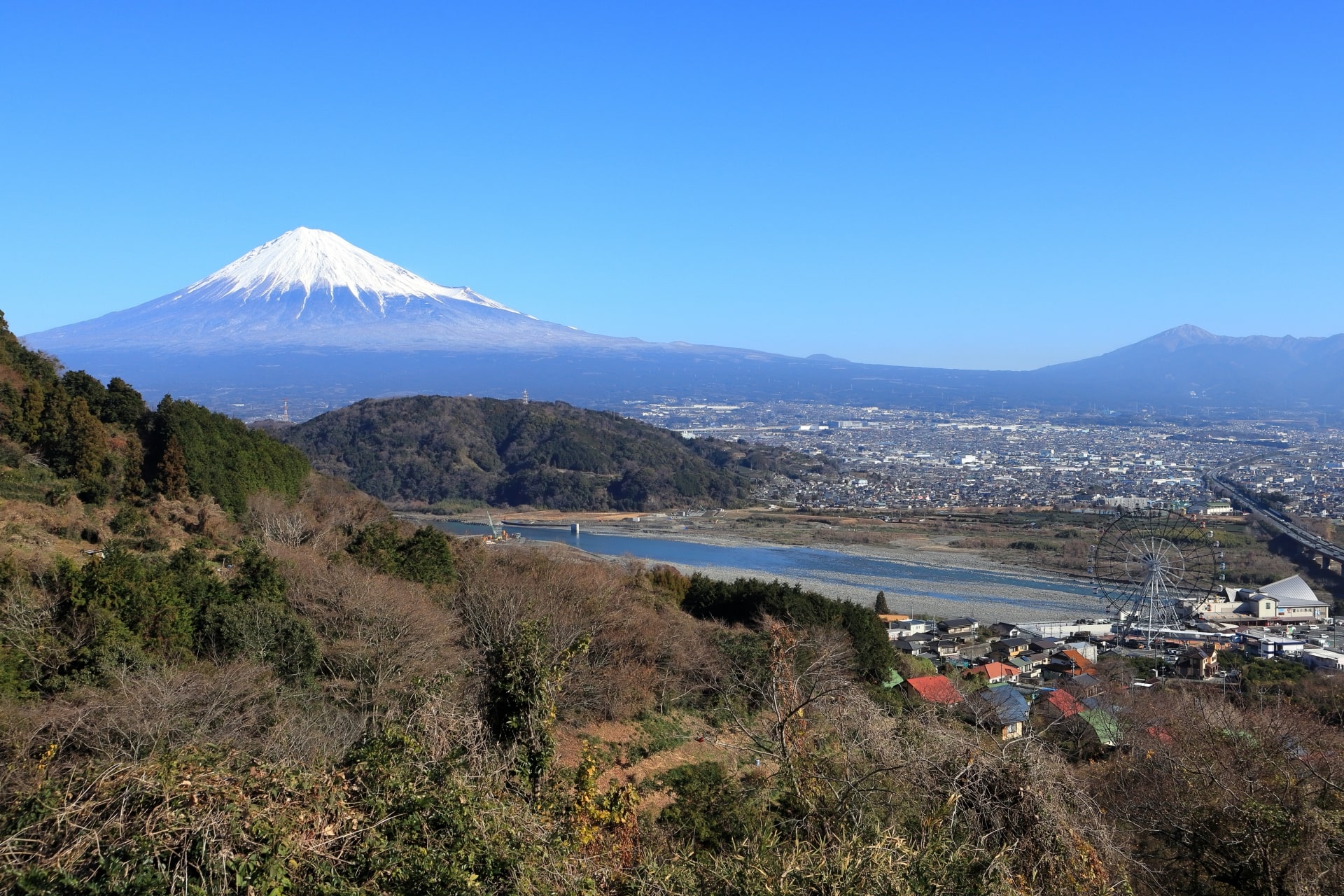
Etiquette plays an important role in daily life in Japan. Many etiquette rules are unique to Japanese culture, and they are interesting to learn about and useful to know. Whether you are living in Japan or planning a shorter stay, knowing some basic etiquette will make your stay a better experience. In this article, I will introduce and explain some points of useful daily etiquette and other tips for life in Japan.
*Please note that this article contains affiliate links.
1. Walking on the left side
One quirk about Japan is that everyone drives on the left side of the road, as they do in the UK. As a natural extension of this, pedestrians also walk on the left (with the exception of escalators: see #4). So when you come face to face with someone walking in the opposite direction, keep to your left. If you are from a right-side country, it will definitely take some getting used to. Remembering to stay left helps the dense pedestrian traffic move smoothly in big cities.
2. Mask Etiquette
A lot of European and North American countries have dropped the public mask mandate in recent months. If you are coming from one of those countries, you might be surprised to see that 95% of people in Japan still wear masks. So what is the current etiquette in Japan? The interesting thing is that Japan never had a mask mandate. It was only ever a government recommendation. In spite of this, or perhaps because of it, the compliance rate far surpassed most western countries. Even though the government has now dropped the recommendation for wearing masks outdoors, the vast majority of people still do it, especially in crowded areas. Indoors, 99% of people wear masks. If you want to blend in, don’t forget the mask!
3. Restaurant reservations
One useful tip for daily life in Japan is to always make restaurant reservations when you can. In America, a larger proportion of tables seem to be set aside for walk-ins. In contrast, I have found it difficult to get a table at almost any decent restaurant at peak hours. It can be a challenge even on weekdays. For example, there is a pizza restaurant I like that is located in a shopping complex. I went there a couple of times for weekday lunch at 11:00 am and was able to get seated immediately. Then, one weekday, I went at 11:30 am, and the wait was an hour. Don’t risk it – make the reservation.
4. Escalators
Just as pedestrians walk on the left side of the street, they also stand on the left side of escalators to yield to those who want to pass ahead. The interesting thing about this etiquette is that it applies in the Kantō region but not in the Kansai region, where the opposite applies: you would stand on the right to yield. Kansai and Kantō are the two general regions of Honshu, Japan’s main island. Kantō is the most urbanized and industrialized area, which includes Tokyo and Yokohama. Kansai is arguably the cultural heartland of Japan and includes Kyoto and Osaka. Escalator etiquette is only one difference among many between these two regions.
5. When to Take Off Your Shoes
As you may know, it is customary to remove your shoes before entering someone’s home in Japan. What you may not know is that this is not simply an indoor/outdoor rule. There are rules for removing shoes even in public spaces. For example, some establishments like restaurants have special toilet slippers. Gyms might request you to switch to indoor gym shoes before entering. Shoes should also come off before entering kids’ play spaces or any place where people might sit on the floor. Store fitting rooms are another place where shoes are removed. My mantra is, when in doubt, remove the shoes.
6. Eating Tips
In Japan, eating and drinking on the move is faux pas. It is so deeply ingrained in social etiquette that you won’t even see children eating while walking. Convenience stores, which are famous for providing on-the-go meals and snacks, usually have a sitting or standing area in front of the store where you can stand and eat before continuing on your way. And while we are on the topic of eating, be sure to place to place the chopsticks flat on the chopstick holder when not in use – and not vertically in a bowl.
7. Punctuality
Have you ever noticed how time is conceived of differently across various cultures? Being on five minutes late in one country might mean being on time in another country. In Japan, punctuality rules. If you have every lived in Japan, you may be impressed by how punctual people seem to be. How does everyone manage to time everything just right?! So valued is punctuality and consideration that people aim to arrive early and wait until the appointed time. Punctuality is one of the most useful tips for navigating daily life in Japan.
8. Do as Your Parents Taught You
Most kids grow up hearing “finish your food” and “clean up after you eat.” Yet somehow, as adults, many of us forget this because it is possible to pay our way into oblivion. Not so in Japan. At restaurants, you will notice that most customers wipe down drips and smears and place everything neatly onto their plate for a waiter to take away. Portions are small, and people finish what they order; tidbit boxes for leftovers are usually not available. In Japan, just remember the golden rules from childhood: avoid wasting food and pick up after yourself.
9. Cash is King
While Japan has several forms of electronic payment, including Suica and PayPay, cash is still king. Department stores, convenience stores, and big chain stores will accept credit cards and most mainstream forms of payment, but you might be surprised at how many businesses are cash only. Even if it isn’t cash is always appreciated. And so is exact change, so hold on to those coins! Always having cash on hand is an important tip for living (or visiting) Japan.
10. Walk Like a Local
Navigating both pedestrians and cyclists can be tricky. Despite cycling being a popular form of transportation in Japan, many roads do not have bicycle lanes. When there are lanes, it is often blocked by parked cars and taxis. This transforms sidewalks into a shared zone for pedestrians and cyclists. So here are a few pedestrian tips for safer walking – especially in the city. Walk to the side, not in the center of a path. Avoid suddenly changing directions and look behind you before doing so. Check both sides before stepping into sidewalk traffic from a store. Lastly, try to walk in a way that leaves another “lane” on the sidewalk. Oh, and the yellow textured section are for visually impaired pedestrians. Keeping these tips in mind will help keep you safe and have you walking like (or even better than!) a local.
Are you considering moving to Japan?
If you are moving to or looking for a place to live in Japan, Living Japan offers useful services to make the transition as easy as possible. Visit the website to make the purchase/renting experience an easy and comfortable one. You can inquire about properties listed on other real estate websites such as SUUMO and HOME’S. You can get everything done online (from room searching, room tours, and even contract procedures). Living Japan also offers to help you set up utilities such as electricity, gas, and water.
Their website is available in English, Chinese, and Korean. They also have customer service in these languages.
▶Official Website: https://www.livingjapan.com/
I hope you found this article interesting. While there are a lot of unique rules surrounding etiquette in Japan, it is easy to learn once you are in Japan and immersed in Japanese culture. Don’t worry – nobody learns everything all at once, and mistakes are for learning! These are my 10 useful etiquette rules and other tips for living in Japan. If you would like to read more about life in Japan, check out the following articles for more info.
Written by






